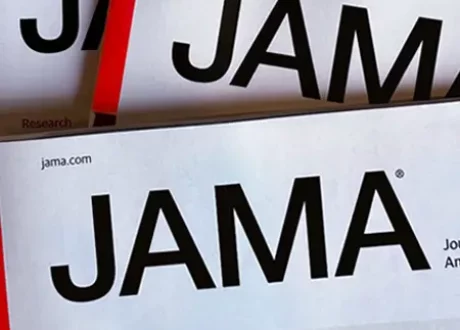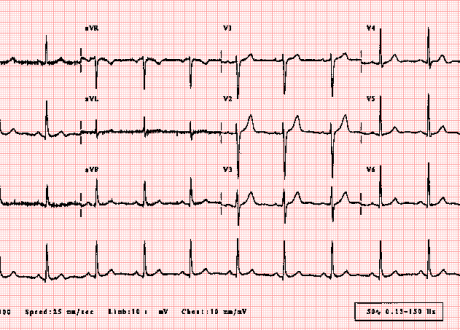Written by Millie Cossé
![]()
If you have access to the common massive transfusion protocol (MTP) cooler construct of 6:6:1 PRBCs:FFP:platelets, cryoprecipitate should be used at about the start of the second cooler.
When do you need to call for cryo?
This observational study of 2,117 level-one trauma patients receiving emergency release blood evaluated transfusion ratios when cryoprecipitate administration was guided by viscoelastic testing, i.e. thromboelastography (TEG). Authors found that cryoprecipitate transfusion occurred after 7:6:1 RBC/plasma/platelets when component administration was used, and after 10:9.5:1.7 equivalent ratio when whole blood was used.
One of the barriers to implementing TEG-based resuscitation in trauma care is the amount of time required to get actionable results. It seems like by the time the TEG results are available, the resuscitation is in a new phase. I am very interested in the concept of rapid TEG used in this study, which provides an alpha angle (rate of clot formation—indicative of fibrinogen contribution) and maximal amplitude (platelet contribution to clot strength, but approximately 25% is based upon fibrinogen in acute phase). I would love to know how long it takes to get these results and how often the results drove product selection.
How does this change my practice?
I work in a critical access hospital with access to neither TEG nor cryoprecipitate, but I appreciate the author’s note that for centers using algorithmic resuscitation protocols, cryoprecipitate should be considered after 7 units of RBC/FFP and after 10 units of WB. Hopefully by the time I’m this far into MTP, I have a plan to get my patient transferred to a trauma center.
Source
Where does cryoprecipitate fit into balanced resuscitation? An evaluation of 2,117 hemorrhaging patients using viscoelastic-based resuscitation. J Trauma Acute Care Surg. 2025 Jul 1;99(1):73-78. doi: 10.1097/TA.0000000000004643. Epub 2025 Apr 17. PMID: 40249632








